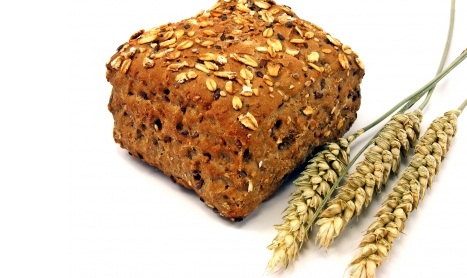 No energy to get up in the mornings? Find yourself falling asleep around 11.00 am and 3.00 pm because you’re feeling tired (even though you ate breakfast and lunch)? Learning about the Glycemic Index may be your answer…
No energy to get up in the mornings? Find yourself falling asleep around 11.00 am and 3.00 pm because you’re feeling tired (even though you ate breakfast and lunch)? Learning about the Glycemic Index may be your answer…
Not all carbs are digested equally
When you eat food your body’s digestive system breaks it down, absorbing anything useful and discarding the rest. Carbohydrates (such as potatoes, bread, pasta), are converted by your body into blood sugar, or glucose, which gives you energy.
Now here’s the interesting part – some carbs are processed by your body rapidly, causing your blood sugar levels to rise quickly, giving you energy straight away in one big hit. You’ve heard of the term ‘sugar high’? That’s what this is.
On the other hand, some carbs take longer for your body to process so the energy takes longer to release. This creates a gradual rise in blood sugar rather than a rush; gradually picking up over a few hours to provide longer lasting energy.
What’s the Glycemic Index?
Foods with carbohydrate in them such as pasta, bread and rice, are given a GI number from 1 to 100 based on how they affect your blood sugar levels after eating. The scoring goes:
High GI (70 and above)
Medium GI (56-69)
Low GI (55 and under)
Foods that are high GI include most processed sugary foods, white bread and white potatoes – carbs that will give you quick energy. Foods that are lower on the Glycemic Index include grainy breads, kumara, and most fruit and veges – this will give you longer lasting energy. It’s important to note that this is not a fad diet, this is about general healthy eating.
Why should I follow this?
The benefit of eating low GI foods, is that you can eat less, but it will make you feel fuller for longer as it will supply a slow and steady continuous amount of energy for your body which is healthier for you than experiencing rollercoaster energy spikes and drops.
This is great for people who have weight loss/weight management goals (as it helps control appetite and delay hunger), or those who frequently experience a drop in energy levels.
A low GI diet is also recommended for people with diabetes, cardiovascular disease and Polycystic Ovarian Syndrome to name but a few. It is even possible for vegetarians to follow as well as those with an intolerance to gluten.
The fine print…
Now this doesn’t mean low GI foods are always good for you – some can have high fat content, so it’s a good idea to learn how to read food package labels.
Keen to give low GI a go? To start with, try and include one low GI food at each main meal and switch to wholegrain breads, cereals and crackers if you haven’t already.
For more info on the Glycemic Index, visit www.glycemicindex.com.
Photo /FreeDigitalPhotos.net – Grant Cochrane

